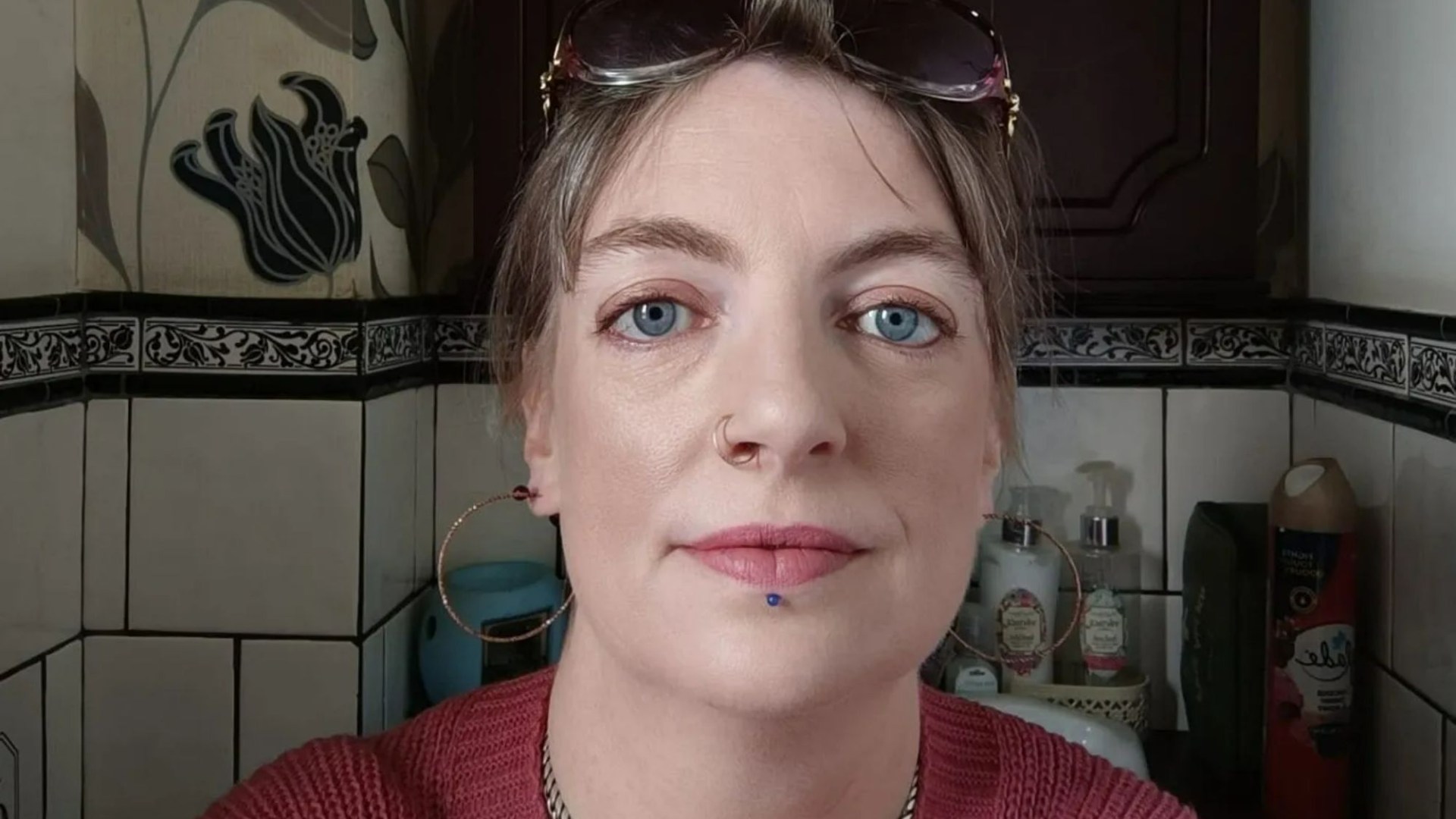CHARLIE Rolstone used to blame her motion sickness and migraines, on “using her phone too much”.
That was until scans revealed she suffered from a serious condition in which her brain slowly crushed her spine.
5

5
The now 44-year-old was rushed to hospital after collapsing suddenly following an outing to the pub.
She had an MRI to find the cause.
Alongside being diagnosed with epilepsy, doctors discovered she had a Chiari malformation.
“That seizure saved my life – it revealed my Chiari malformation,” Charlie said.
Read more on brain conditions
The condition, which can be genetic, affects one in 1,000 people.
It involves the brain pushing down into the base of the skull and the spinal canal and can be fatal.
Diagnosed at 41, she had only experienced “subtle” symptoms for most of her life.
She had suffered from motion sickness when watching TV and using her phone.
“I’ve had it my whole life, but my symptoms have only been getting worse as I’ve got older,” she explained.
“It wasn’t until I had a major fit that I had an MRI on my brain.
“My doctor called me up and said he found four things wrong with me.
“I was told I had epilepsy, brain lesions, an aneurysm and the Chiari malformation.
“They can’t say whether one caused the other, or not.”
Throughout her teenage years, Charlie suffered from migraines, motion sickness and “blackouts”.
She has since realised these were absence seizures.
What is a Chiari malformation?
A Chiari malformation is where the lower part of the brain pushes down into the spinal canal.
There are four main types, but type 1, called Chiari I, is the most common.
In someone with Chiari I, the lowest part of the back of the brain extends into the spinal canal.
This can put pressure on the brain stem and spinal cord, and obstruct the flow of fluid.
The severity of Chiari malformations can vary from person to person, but generally:
- Chiari I malformations are not considered life-threatening
- Some people experience painful headaches, movement problems and other unpleasant symptoms but many people will not have any symptoms
- There’s a chance of developing syringomyelia (where a fluid-filled cavity called a syrinx develops in the spinal cord), which can damage the spinal cord if not treated promptly
- Surgery can usually stop the symptoms getting worse and can sometimes improve them, although some problems may remain
Many people with a Chiari I malformation will not have any symptoms.
Sometimes they’re only found after an MRI scan of the brain is carried out for another reason.
If symptoms do develop, they can include:
- Headaches – these are usually felt at the back of the head and may be brought on or made worse by coughing, straining, sneezing or bending over
- Neck pain
- Dizziness and balance problems
- Muscle weakness
- Numbness or tingling in the arms or legs
- Blurred vision, double vision and sensitivity to light
- Swallowing problems
- Hearing loss and tinnitus
- Feeling and being sick
- Insomnia and clinical depression
Treatment will depend on how severe the symptoms are.
Painkillers can help relieve any headaches and neck pain.
But if your headaches are severe or you have problems caused by the pressure on your spinal cord – such as movement difficulties – surgery may be recommended.
Source: NHS
Thinking she’d grow out of the symptoms, she didn’t consult a doctor until three decades later.
‘I thought [my symptoms] were normal’
Since her diagnosis, Charlie has realised many of her “quirks” growing up were due to her condition.
“I’ve suffered with migraines since I was a teen,” she said.
“Whenever I cough, I also get a very piercing pain in my head, covering the back of my skull.
“It only lasts for, maybe, 30 seconds – but it’s enough to make me grab my head.
“I can’t even shout or raise my voice without getting a headache.
“These were symptoms I knew to be there – but I thought they were normal.”
Charlie says her initial symptoms disappeared after her teen years.
She thought she’d grown out of them.
But on September 20, 2021, Charlie collapsed after returning from a pool tournament at her local pub.
“I had to piece the incident together after I woke up because no one saw me actually collapse,” she said.

5

5
“My other half was upstairs in bed, and I’d been out playing pool with my team.
“I’d been up the entire night before, making a cake for my friend’s son – and I was feeling tired.
“I locked my back door, went into the living room, and started feeling a way I’ve never felt before.
“I was very spaced out, like everything was moving in slow motion.
“It was so different from the kind of fuzziness you feel from a lack of sleep.
“I walked as far as my sofa – and it intensified.
“Next thing I know, I’m in the back of an ambulance.”
‘I can’t work a 9-5’
Charlie’s partner, aged 58, discovered her on the floor and called 999.
She was rushed to Watford General Hospital.
After waking up, doctors determined she’d had a seizure.
This was indicated by her muscle aches, sore tongue, and a lump on her head from falling against the sofa.
They sent her for an MRI and discovered she was suffering from epilepsy, as well as her Chiari malformation.
“I was told that Chiari malformations are rarely discovered in time,” she said.
“I’ve been told it can be really dangerous.”
Since then, Charlie has been referred to the National Hospital for Neurology and Neurosurgery.
She has to to keep them informed about her symptoms for the rest of my life.
‘Don’t know the full extend of the damage’
Chiari has started to affect Charlie’s everyday life.
“I can’t work a nine-to-five, and my partner has become my full-time carer.
“Even to the point where I struggle to watch TV.
“I get motion sickness symptoms if the camera zooms too quickly.
“I don’t know the full extent of the damage the condition has done – but I’m glad we’ve caught it now.”
There isn’t a way to cure Chiari malformations.
Charlie has been advised to take painkillers for her migraines and limit scrolling time on her phone to help with motion sickness.
She now takes 300mg of lamotrigine for her epilepsy, and has been seizure-free for 21 months.

5




